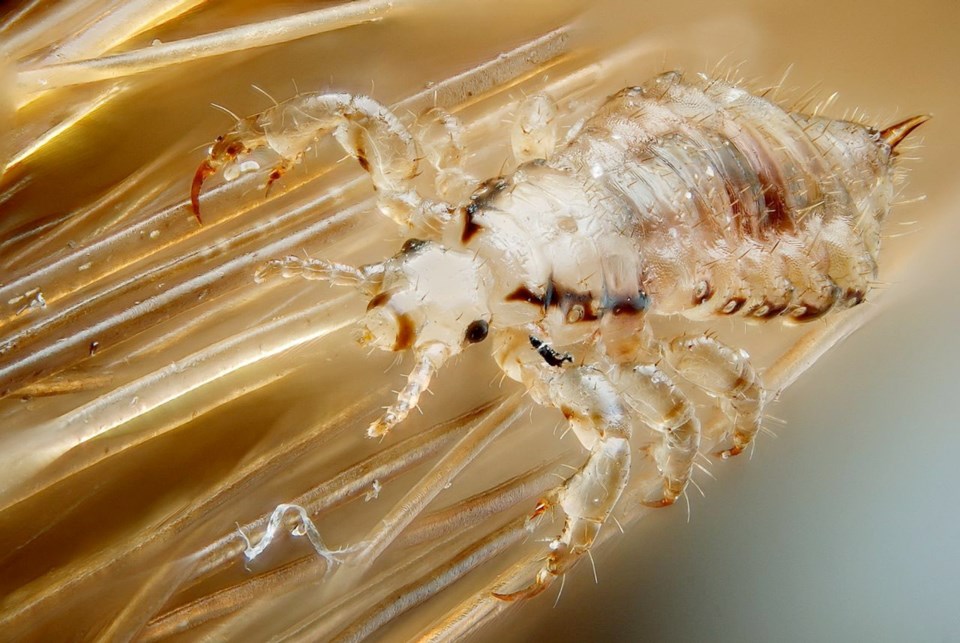An Island Health recommendation to allow children with head lice to remain in class untreated has sparked a petition from a Duncan daycare operator.
Heather Michalski said she learned about the new guidelines during an inspection visit.
“I was absolutely shocked,” said Michalski, who has launched an online petition.
“You’re not supposed to check hair, separate them from other children or send them home and say to come back when it’s treated.”
She said one reason given was to “protect the afflicted child from feeling shame or exclusion.”
Michalski said the guidelines are unfair and put caregivers such as herself in an awkward position if they do not want head lice to spread in their facilities.
Island Health’s guidelines are only recommendations. Schools and daycares may have their own policies, said spokeswoman Kellie Hudson.
The Cowichan Valley school district works closely with public health nurses at Island Health, said assistant superintendent Sheryl Koers. “We take our direction from them and follow their protocols in handling all health-related matters, including lice.”
The health authority advises against excluding children who have or are suspected to have head lice. It “recommends children continue to be included in all school activities” and provides the following rationale: “Lice may be present on the scalp for weeks before they are discovered. Children are often in the school for days or weeks before head lice are detected; therefore there is no benefit to school exclusion.”
Hudson said she was aware of the petition. The health authority revised its guideline last year “to ensure that up-to-date information was available to all schools across the health authority, and that schools were aware of Island Health’s position on exclusion and screening in the schools,” she said.
The guidelines also suggest that screening for head lice take place in the home, instead of at schools, to prevent the spread of lice, improve the accuracy of checks and protect children’s privacy.
Dozens of people have shared their concerns via comments on Michalski’s change.org petition and on social media.
“If the child is left in a classroom that eventually figures out they have lice (that are only getting worse because they’re not being treated), this child will be completely alienated,” said Katie Ralph from Port Alberni.
“And as teachers, we will feel obligated to make that child hang their coats and hats away from the other children in order to avoid the spread.”
Colena Kozlowski, also from Port Alberni, wrote: “Head lice can cause a lot of discomfort and infection if not treated properly. It is also a very costly problem to get rid of.”
But some parents recognized the rationale for not excluding children with lice.
“The issue here is that, in general, it is the families with less resources who are having trouble eliminating the lice,” Celena Cochrane-Olson, from Nanaimo, said on Facebook.
“It’s the families where both parents have to work all day to survive (or single parents), and taking days off work to treat lice is going to make them lose their jobs.
“Also, children who are already at a social or economic disadvantage already have hurdles preventing them from succeeding, and missing multiple days of school due to head lice is going to put them further behind in school.”
- - -
About head lice
• Head lice are tiny, greyish brown, wingless insects that live on the scalp, feeding on human blood. They lay eggs, also called nits, which stick to strands of hair very close to the scalp.
• Head lice are common. Anyone who has hair can get head lice.
• Head lice do not spread any diseases.
• Head lice are primarily transmitted when the head of an infested individual comes in direct contact with the head of another.
Source: Island Health, HealthLink B.C.



